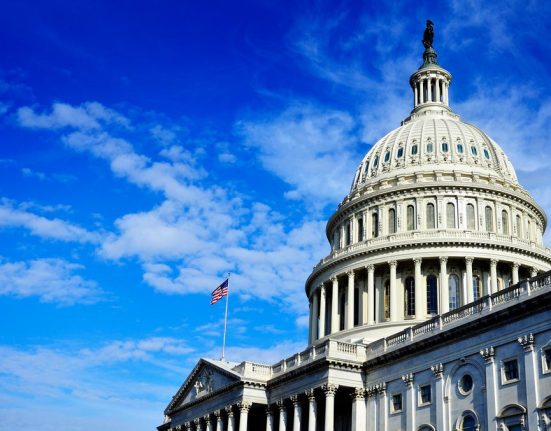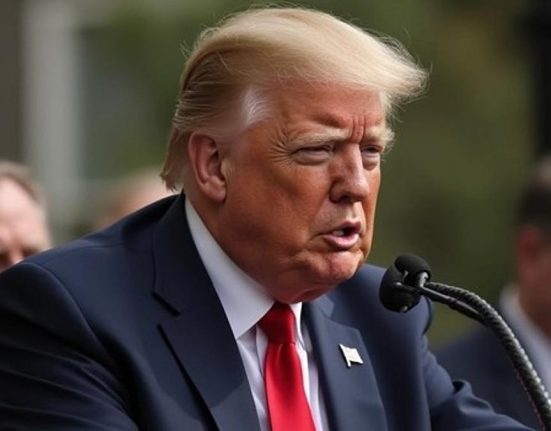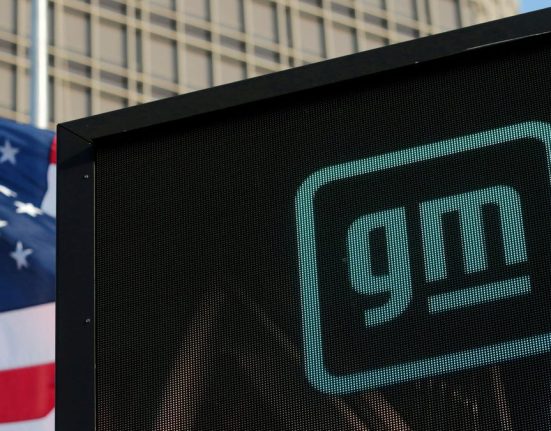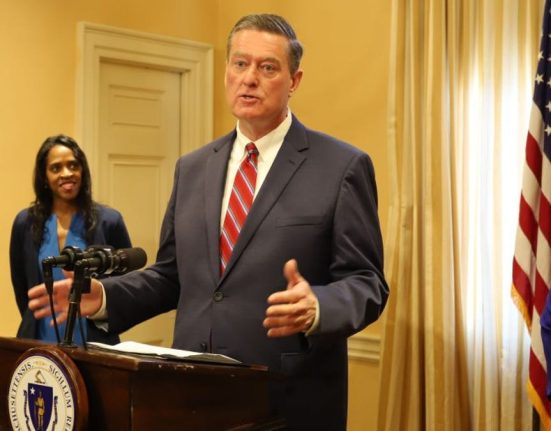Millions of Americans have medical debts and want the federal government to introduce a forgiveness scheme, like the one for student loans—but is this likely, and would a one-off program solve the root problem?
Loan forgiveness has become a hot topic in recent years following the Biden administration’s en masse policies to eradicate education bills for borrowers of all ages and incomes. Student debt has been wiped for many people—despite some political hurdles along the way—and more than half of all Americans want to see action on medical debts rather than student debts.
Read more: What Is a Health Savings Account?
It’s no surprise that medical debts can cause significant financial strain, particularly when the U.S. has the most expensive health care system for consumers in the world. According to Undue Medical Debt, a national nonprofit that buys medical debts and writes them off, 60 percent of bankruptcies throughout the country have health care debt as a root cause.
Analysis by KFF Health has found that around six percent of U.S. adults—14 million people—in the U.S. owe more than $1,000 in medical debts. One percent of U.S. adults are indebted by more than $10,000—some 3 million people.
What’s more, some 15 million Americans have medical bills on their credit report, according to research conducted by the Consumer Financial Protection Bureau (CFPB), which can have a significant impact on credit scores, leading to problems with buying homes, vehicles and other key purchases.
A survey conducted in May by the University of Chicago Harris School of Public Policy and The Associated Press-NORC Center for Public Affairs Research found that 51 percent of all U.S. residents believe it is extremely or very important for the government to implement debt relief for those with outstanding medical bills. A further 30 percent said it was “somewhat important.”
Read more: Compare the Top Health Savings Account (HSA) Providers
The poll found that Americans are more likely to say medical debt aid should be a government priority than student loans, with around four in 10 U.S. adults saying it is “extremely or very important” for the U.S. government to provide student debt relief.
Is Help Being Planned?
On a federal level, the Biden administration does not currently have any plans to bring in a nationwide program to help lower or forgive medical debts for individuals. Newsweek has contacted the White House for comment via email.
However, funds provided by the federal government via the post-coronavirus recovery American Rescue Plan Act (ARPA) are being used in some counties to reduce health care debt burdens. Cook County, Illinois, has committed $12 million from ARPA funds to tackle health care debts for its residents. Outside of ARPA, Undue Medical Debt is also working with counties to help reduce the burden. Earlier this week, Los Angeles County officials approved a plan to forgive outstanding medical debts worth millions of dollars working in conjunction with the nonprofit.
The current government has, however, implemented several measures to help Americans save money on their health care bills, including recently limiting “junk” health care plans, introducing an out-of-pocket cap on prescription drugs, and issuing new guidance on surprise medical billing.

“The current administration and Congress have done a number of things to further that goal by improving access to comprehensive health insurance coverage and capping out-of-pocket expenses for prescription drugs,” Joanna Doran, CEO of Triage Cancer, told Newsweek.
“For example, the availability of short-term, limited-duration health plans have been limited, the availability of financial assistance to purchase health insurance plans in the marketplace has been expanded and, for the first time since prescription drug coverage was added to Medicare, there is now an out-of-pocket maximum for prescription drug costs.”
Recently, the CFPB proposed a rule on eliminating medical debts from credit reports, with CFPB director Rohit Chopra saying the measure would help to “end the senseless practice of weaponizing the credit reporting system to coerce patients into paying medical bills that they do not owe.”
Given that the 2024 presidential election is mere months away, the U.S. could soon be beholden to a different administration entirely. During his tenure as president, Donald Trump signed an executive order to improve price and quality transparency in America’s health care sector.
As for promises for a potential second term, in November 2023 Trump promised to replace the Affordable Care Act, also known as Obamacare.
“Getting much better Healthcare than Obamacare for the American people will be a priority of the Trump Administration,” he said in a series of posts on Truth Social.
Trump has made no such promises regarding wiping medical debt. Newsweek has contacted the Trump campaign for comment via email.
How Should Debts Be Tackled?
Experts who spoke to Newsweek said that tackling medical debt should begin with helping patients avoid getting huge bills for necessary treatments.
“A one-off debt forgiveness program won’t solve the root problem,” National Business Capital CEO Joe Camberato told Newsweek, adding the “real issue” is America’s health care system as a whole. “Doctor visits, hospital stays and medical procedures are outrageously expensive here, much more than in other countries. Health insurance costs keep rising, which hits middle and lower-middle-class families the hardest.”
In 2022, more than one in four adults (28 percent) reported delaying or not getting health care due to the cost, according to a KFF Health report issued in January.
“To really tackle the problem, we need to fix our health care system,” Camberato said. “We should have the best health care in the world but we don’t, and that’s truly baffling.”
“From our perspective one of the most important things that can be done to address the challenge of medical debt is to help people avoid incurring the debt in the first place,” Triage Cancer’s Doran said.
“While [current measures taken by the government] are all positive steps in the right direction, medical debt is still a challenge many people face. We hope that the next administration will continue working toward addressing existing debt as well as the underlying contributing factors of medical debt, like health insurance denials, inadequate coverage and high deductible health plans.”
Rajeev Ronanki, author and CEO of Lyric, an AI health care technology company, said the system needs to be simplified to give patients a better idea of what they are buying.
“In health care, you often have no idea what a service will cost, how long it will take or why you should choose one provider over another,” he told Newsweek. “Making costs transparent is a crucial step toward changing consumer behavior, encouraging patients to become more actively involved in their care selection and care delivery processes.
“However, this transparency must be coupled with accurate payment information and the ability to settle costs between providers and health plans—ideally in real-time.
Ronanki said health care consumers must be provided with the “vital information on the cost of care,” which would foster “a healthier, more informed society where individuals can make informed decisions about their health without unnecessary barriers or the burden of unexpected medical debt.”
Uncommon Knowledge
Newsweek is committed to challenging conventional wisdom and finding connections in the search for common ground.
Newsweek is committed to challenging conventional wisdom and finding connections in the search for common ground.







